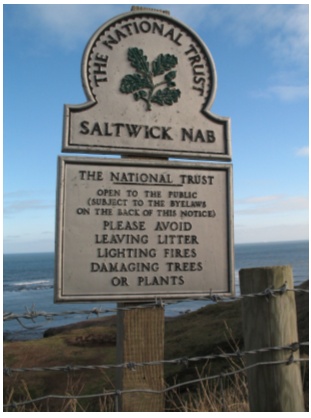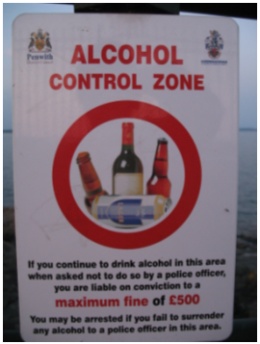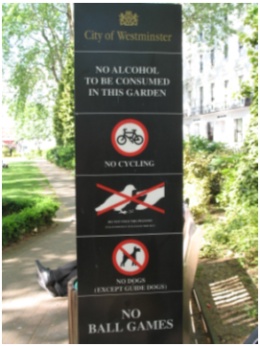Working with Realia
Anette Kurz, Germany
Annette Kurz is a certified translator by training and used to work in industry, but has now been teaching English in adult education for the past 16 years, i.e. business English in a big pharmaceutical company and evening classes from beginners to conversation level. As she is very interested in the learning process as such and the way our brain works best when taking in new information, she did an additional training as a memory trainer and is now trying to apply theory to practice. In July 2009, she attended the course on Multiple Intelligences at Pilgrims which has added another (big) piece to the puzzle of how to be a better teacher…
E-mail: kurz.bruehl@gmx.de
Menu
Train or bus tickets, shopping receipts, theatre or cinema tickets
Photos of public signs to practise the use of modal auxiliaries
Whenever I come back from a trip to Britain, I bring a lot of the above back to my classes. Their job is then to
- gain as much information as possible (in pairs) from the tickets, in particular all the numbers (e. g. dates, times, sums of money, VAT, discounts, method of payment, seat number, length of performance, postcode);
- then look at the words more closely, clarify unknown vocabulary (their curiosity will make them feel interested even in phrases like “cash tendered”); how is the address written, are there any abbreviations and what could they mean?
- would this kind of information be on your receipt at home (e.g. Marks & Spencer have their e-mail address on their receipts which is not common in all German department stores yet)?
- And then comes the nicest part: Pool the information, i.e. have the groups get together and decide what kind of holiday their teacher had: Did he/she go out at lot? What kind of activities did he/she pursue and what did he/she buy (food/souvenirs/books)? Maybe you can even work out an itinerary, going by the train and bus tickets. Students will then ask the teacher yes/no questions to find out if they were right. And if they are interested in one of the places you went to or attractions you saw, why not
- have them find out more on the Internet?
This has worked well with adult students (level A1/2, d)/e) with B1), but why not try it at school?
Take pictures of road signs or in other public places (there are lots and lots about, as one becomes aware!), print and laminate them and have your students decide (in small groups)
- what they are allowed to do / mustn’t do in this particular place;
- are they just given advice or requested to do something (“please avoid…” “please do…”) or is it a law (“”it is an offence”, “penalty…”, “fine”)? Should you do something or do you have to?
- When you have a sign with lots of restrictions, do a drill like:
“You mustn’t consume alcohol in this park, but you can sit on a bench.
You are not allowed to cycle, but you can stand on your head and wiggle your ears…”; students are usually very creative there ;-)
- Many signs have a cultural component, so ask students where they would expect to find a sign like this, what it tells you about this city/place, its history, or about people’s behaviour e.g. on this beach, etc.
- Last but not least: Do you have similar rules/laws in your own country and are they observed or do people ignore them? How many of these signs can you see on your way to school?
 
 

NB: There is such a lot of useful language here that you could collect examples for the use of the gerund, if-clauses, the passive, infinitive constructions – it’s all out there for the taking! And it’s “real”, as a photo proves better than any course book picture.

Please check the Creative Methodology for the Classroom course at Pilgrims website.
Please check the Methodology and Language for Secondary Teachers course at Pilgrims website.


|